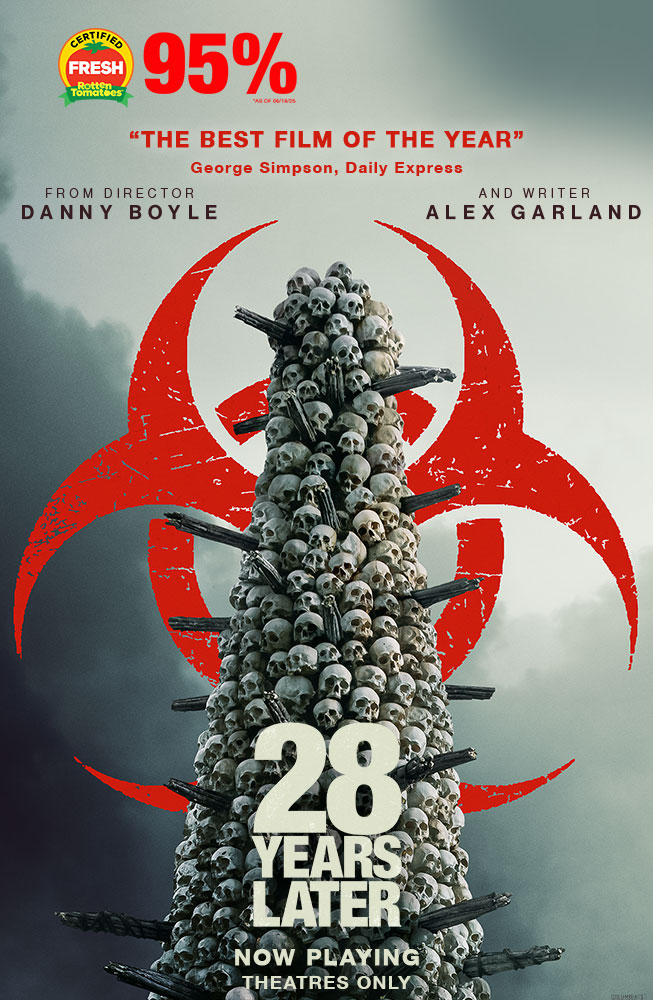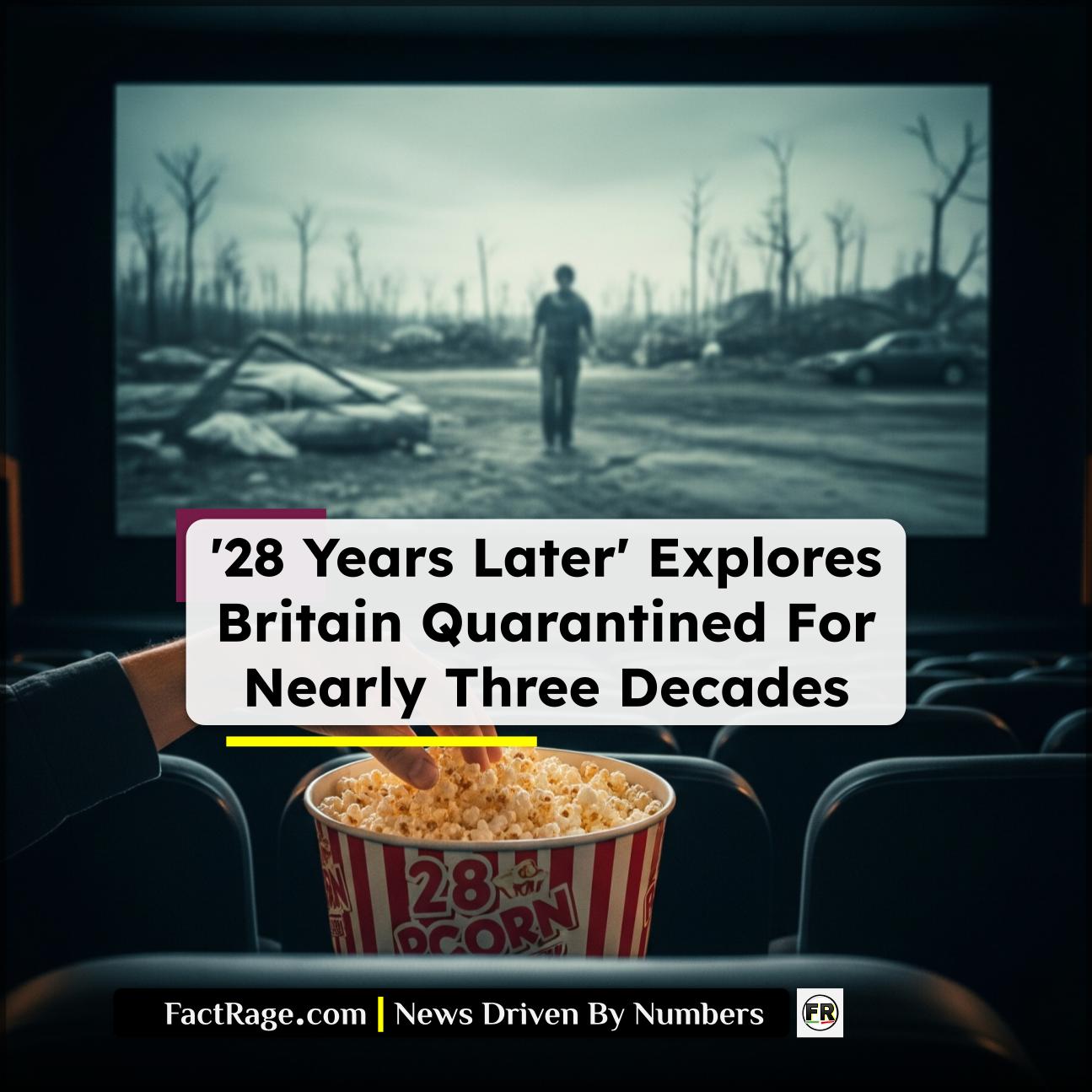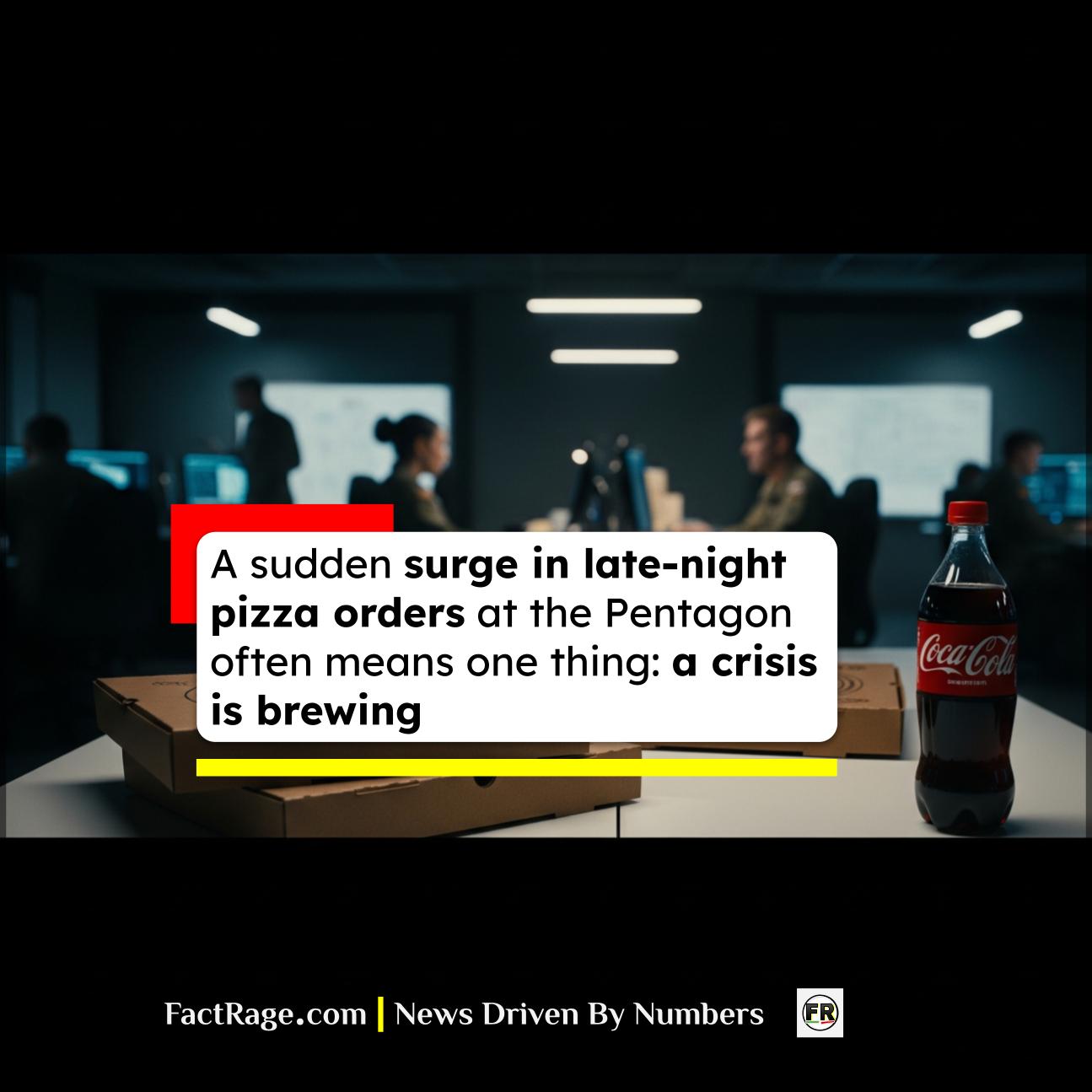FACTRAGE – With the highly anticipated 28 Years Later set to unleash a new wave of terror, it’s time to look back at the franchise that made zombies run. More than two decades after its debut, the saga of the “Rage Virus” continues to captivate audiences by focusing not just on the monsters, but on the terrifyingly fragile state of humanity.
- The ‘Infected,’ Not the ‘Undead’ – The series’ antagonists are living humans infected with a ‘Rage Virus’ that induces uncontrollable aggression, distinguishing them from traditional, reanimated zombies.
- Evolution of the Threat – The 2007 sequel, 28 Weeks Later, introduced the game-changing concept of asymptomatic carriers who could spread the virus without showing symptoms, leading to its escape from Britain.
- A New World of Horror – The upcoming 28 Years Later will explore a long-quarantined Britain, where both survivors and the Infected have evolved over nearly three decades of isolation.
Here is a spoiler-free guide to get you up to speed before the next chapter begins.

1. How 28 Days Later (2002) Made the Cinematic Zombie Run
While video games like Resident Evil had already unleashed faster monsters on players, the zombie in cinema was still largely defined by its slow, shuffling gait. Director Danny Boyle’s 28 Days Later shattered that cinematic convention with its “Infected.” These were not reanimated corpses, but living people consumed by a “Rage Virus,” turning them into sprinting, uncontrollably aggressive predators.
This focus on a plausible biological outbreak, rather than supernatural horror, tapped into potent anxieties about pandemics and the speed of societal collapse. By making the threat fast, frantic, and human, the film is widely credited with kicking off a new wave of modern zombie movies, including the 2004 remake of Dawn of the Dead, and forcing the entire genre to pick up the pace.
2. What You Need to Know From 28 Weeks Later (2007)
The sequel raised the stakes by exploring what happens when an attempt to rebuild goes horribly wrong. Set six months after the initial outbreak, US-led NATO forces have established a secure “Green Zone” in London, believing the original Infected have all starved to death.
The film’s most crucial plot point is the introduction of immunity and asymptomatic carriers. It’s discovered that a survivor, Alice, is immune to the virus’s effects but can still transmit it. When her guilt-ridden husband kisses her, he becomes infected and unleashes a fresh, catastrophic outbreak inside the secure zone. The film ends on a bleak, world-altering cliffhanger: the virus makes it to France, proving the quarantine has failed and the plague has gone global.
3. What to Expect from 28 Years Later (2025)
The new film fast-forwards nearly three decades. The British Isles have been under a strict quarantine all this time, a feral and isolated landmass. The story will reportedly follow a new, younger cast of characters who were born into this broken world.
Without giving away spoilers, the central conflict is ignited by a journey to the mainland, where it becomes clear that both the virus and its victims have evolved. Early details hint at different strains of the Infected, including more intelligent “Alpha” variants. The film promises to expand the lore significantly, examining how a generation of survivors has adapted to a life of extreme isolation and what secrets the long quarantine has been hiding from the rest of the world.










